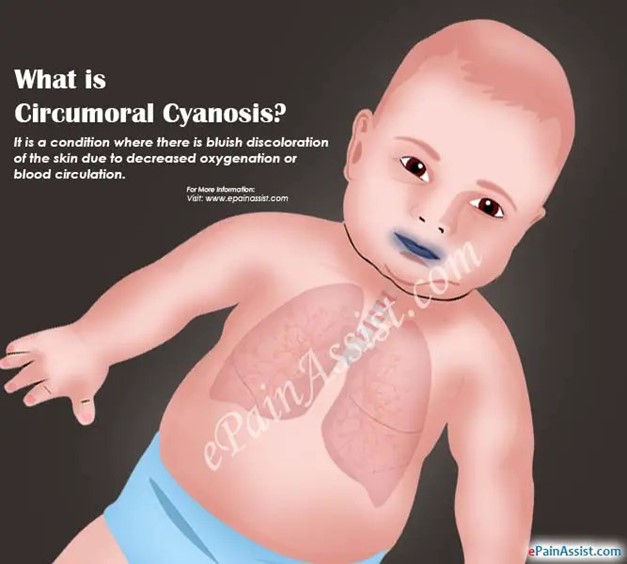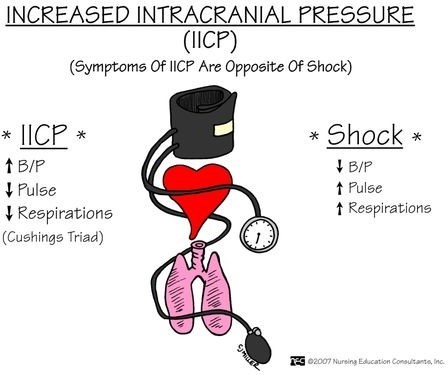Which action should the practical nurse (PNA) prioritize for postoperative patient with a PCA (Patient- Controlled Analgesia) machine?
Coffee ground secretions drainage via nasogastric tube.
Nasogastric tube suctioning.
Assessing pain management response.
Ineffective pain management report:
The Correct Answer is C
This is the correct answer because it is the most important and relevant action that the PN should do for a postoperative patient with a PCA machine. A PCA machine is a computerized device that allows the patient to self-administer a preset dose of pain medication, usually an opioid, by pressing a buton. The PCA machine is attached to an intravenous (IV) line that delivers the medication directly into the bloodstream. The PCA machine can provide effective and individualized pain relief for postoperative patients, as well as increase their sense of control and satisfaction¹².
The PN should assess the pain management response of the postoperative patient with a PCA machine by monitoring their pain level, vital signs, oxygen saturation, sedation level, and side effects. The PN should use a valid and reliable pain scale, such as the numeric rating scale (NRS) or the visual analog scale (VAS), to measure the patient's pain intensity and relief. The PN should also check the settings and functioning of the PCA machine, such as the dose, lockout interval, and limit. The PN should document and report the patient's pain management response and any problems or complications with the PCA machine to the health care provider.
Nursing Test Bank
Naxlex Comprehensive Predictor Exams
Related Questions
Correct Answer is C
Explanation
Circumoral cyanosis, which is bluish discoloration around the mouth, can be a sign of inadequate oxygenation. It suggests that there may be an issue with the infant's respiratory or cardiovascular system, potentially indicating respiratory distress or a cardiac problem. Prompt assessment and intervention are necessary to determine the cause of the cyanosis and ensure the infant's well-being.

A. The six-hour-old infant with a large sacral "stork bite" refers to a common birthmark caused by dilated blood vessels. While it may be important to assess the birthmark and document its presence, it is not an urgent concern requiring immediate attention.
B. The two-day-old infant with a negative Ortolani's sign refers to a specific maneuver used to assess for developmental hip dysplasia or dislocation. A negative Ortolani sign indicates that there is no evidence of hip dislocation. While it is important to assess the infant's hips and document the findings, it does not require immediate attention.
D. The one-day-old infant with a positive Babinski's reflex refers to an abnormal response in which the infant's toes fan out and the big toe dorsiflexes when the sole of the foot is stimulated. While a positive Babinski's reflex can be a normal finding in infants under a certain age, it is important to assess the infant's neurological status. However, it does not require immediate attention compared to the infant with circumoral cyanosis, which indicates potential respiratory or cardiovascular distress.
Correct Answer is D
Explanation
The vital sign trends that indicate increased intracranial pressure (ICP) and should be reported to the charge nurse are:
Bradycardia: A slow heart rate can be a sign of increased ICP.
Irregular respiratory patterns: Abnormal breathing patterns, such as irregular or Cheyne-Stokes respirations, can be indicative of increased ICP.
Widening pulse pressure: An increased difference between systolic and diastolic blood pressure (widening pulse pressure) can be a sign of increased ICP.

A- Heart rate above 110 beats/minute, elevated respiratory rate, and hypotension: While an elevated heart rate and respiratory rate can be associated with increased ICP, hypotension (low blood pressure) is not typically seen in this condition. Hypotension can be a sign of other factors, such as hypovolemia or shock, which may or may not be related to the head injury.
B- Bounding pulse rate, groaning respiratory effort, and elevated blood pressure: Bounding pulse rate and elevated blood pressure are not specific to increased ICP. They can be influenced by other factors such as pain, anxiety, or medications. Groaning respiratory effort may indicate respiratory distress, but it is not directly related to increased ICP.
C- Thready rapid pulse, trembling, perspiration, weakness, and irritability: These signs and symptoms can be associated with various conditions such as anxiety, stress, or other physiological responses. While they may occur in the context of increased ICP, they are not specific to this condition alone.
Whether you are a student looking to ace your exams or a practicing nurse seeking to enhance your expertise , our nursing education contents will empower you with the confidence and competence to make a difference in the lives of patients and become a respected leader in the healthcare field.
Visit Naxlex, invest in your future and unlock endless possibilities with our unparalleled nursing education contents today
Report Wrong Answer on the Current Question
Do you disagree with the answer? If yes, what is your expected answer? Explain.
Kindly be descriptive with the issue you are facing.
